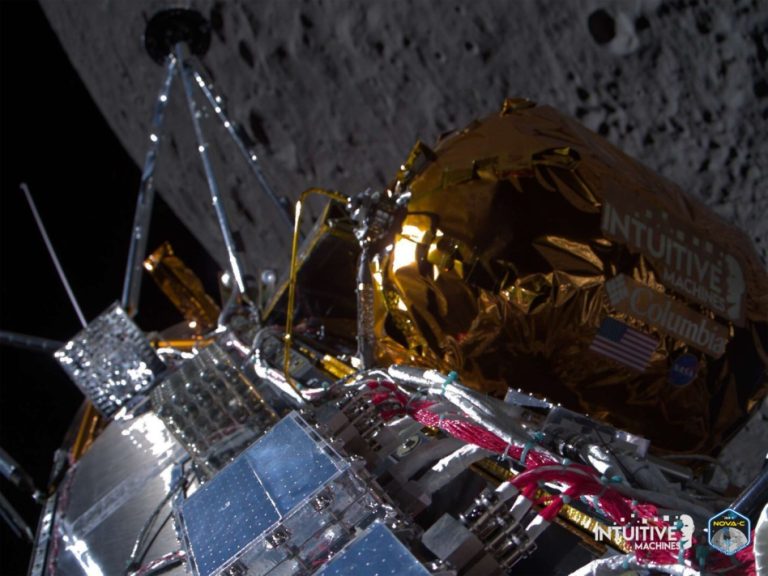
Vulcan Centaur rocket arrives at pad ahead of debut launch (photos) (Image Credit: Space.com)
A powerful new rocket has arrived at the pad for its first-ever liftoff.
United Launch Alliance (ULA) rolled its Vulcan Centaur rocket out to Space Launch Complex-41 at Florida’s Cape Canaveral Space Force Station this morning (Jan. 5), keeping it on target for a planned Monday (Jan. 8) launch.
That liftoff, which is scheduled for 2:18 a.m. EST (0718 GMT) on Monday, will send the private Peregrine lander toward the moon. You can watch the action live here at Space.com, courtesy of NASA TV, beginning at 1:30 a.m. EST (0630 GMT).
Related: 10 exhilarating spaceflight missions to watch in 2024

The 202-foot-tall (62-meter-tall) Vulcan Centaur will replace ULA’s venerable Atlas V and Delta IV rockets, which have sent many prominent payloads skyward over the past few decades.
The new rocket made the 0.3-mile (0.5-kilometer) trek from its hangar this morning “with the help of undercarriage railcars and trackmobile machines that push[ed] the entire 1.7-million-pound (771,000-kg) platform and #VulcanRocket along tracks up the hill to the pad,” ULA wrote in a post on X today.
“Now that is a beautiful sight,” ULA CEO Tory Bruno wrote in an X post of his own today, which shared a photo of the red-and-white Vulcan Centaur standing atop the pad at the end of the rollout.

Monday’s launch will also mark the debut of Peregrine, a robotic moon lander built by Pittsburgh company Astrobotic. Peregrine will target a touchdown next month, and success would be historic; no private craft has ever aced a lunar landing.
Peregrine is flying via NASA’s Commercial Lunar Payload Services program, which aims to pave the way for the agency’s Artemis astronaut missions. The private lander is carrying a variety of science payloads provided by NASA and other space agencies around the world.
Astrobotic booked some private payloads on this Peregrine flight as well, including memorial capsules organized by the companies Celestis and Elysium Space. This cargo has sparked a some controversy; the Navajo Nation has objected to the capsules’ inclusion, saying the deposition of human remains on the moon would violate a sacred space.








